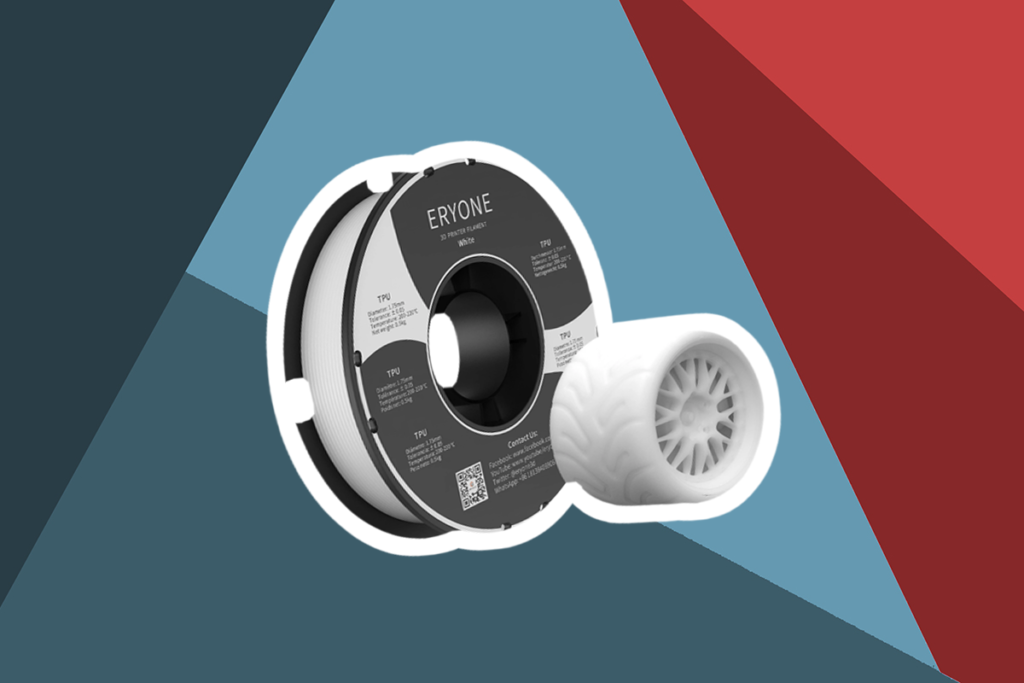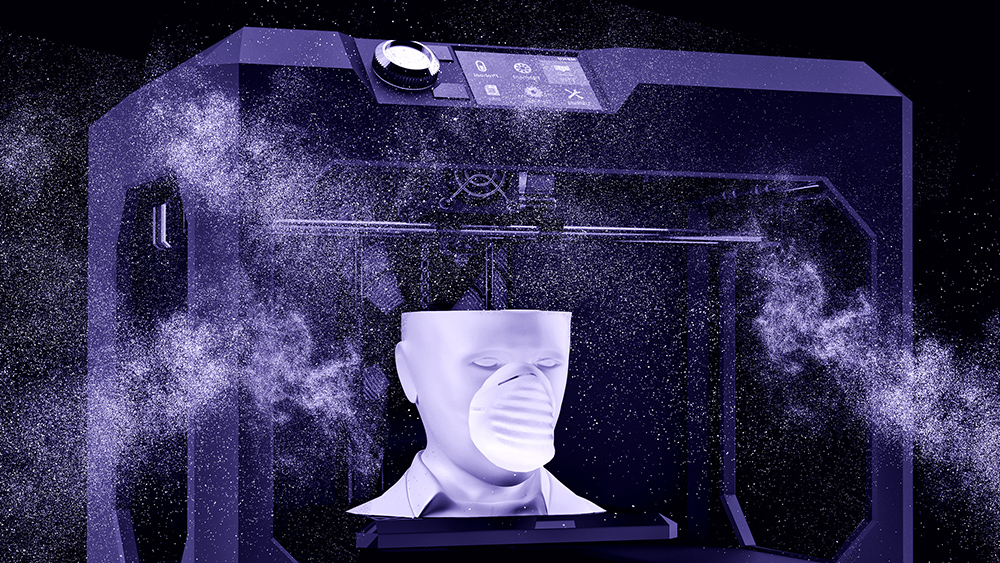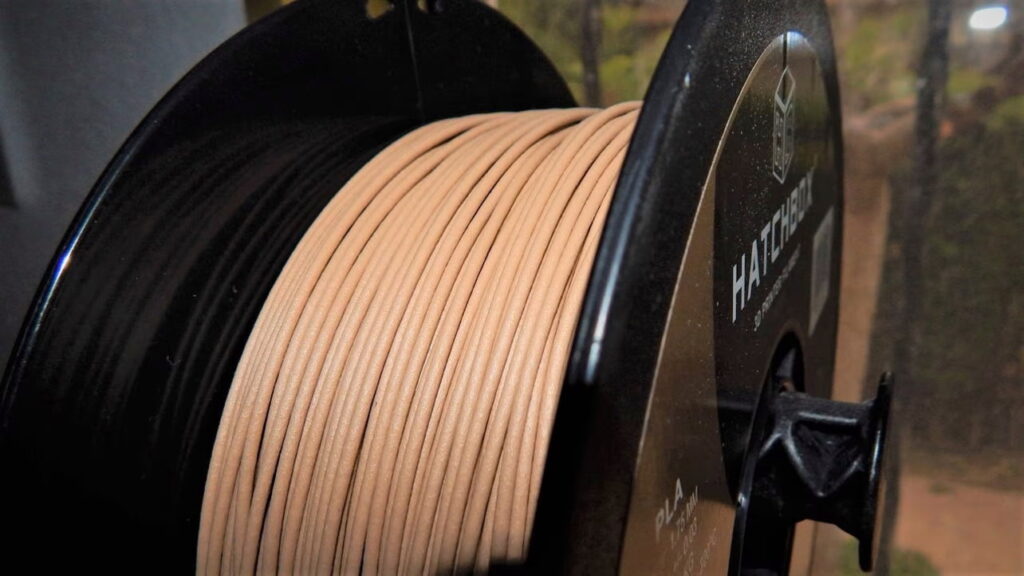

Let your imagination run wild with the possibilities of a highly durable and highly flexible 3D print job. The sky is the limit when it comes to 3D printing. The possibilities are endless for what it can create. Does a new set of sensory-friendly jewelry sound like a great idea? Does a new collection of squishy tabletop roleplaying miniatures tickle a fancy? What about an adorable Squishmallow styled stress ball? Wouldn’t a personalized and DIY phone case be cool?
The answer to all of these is yes. But before the project gets started, you’ll need the right material for the job. Thermoplastic Elastomers (TPE) and thermoplastic polyurethane (TPU) are two of the best-kept secret in the 3D printing community. Bring art and fantasy to life with the right ingredients. When it comes to comparing TPE vs. TPU, make sure you have all the information. Print your imagination with 3D printing.
TPE, Thermoplastic Elastomers, is known as the all-rounder within 3D printing. TPE is an amazing material for creation. Depending on the specific composition, you can use TPE in a variety of industries Trusted Source Thermoplastic elastomers: fundamentals and applications - ScienceDirect Thermoplastic elastomers are multi-functional polymeric materials that generally possess the processability of thermoplastics and the elasticity of vulcanized rubber. Intrinsic thermoplastic elastomers include microphase-separated block and segmented copolymers containing a soft (low-Tg) species. Recent achievements regarding thermoplastic elastomer block and segmented copolymers in the past year have improved the current understanding of (i) complex nanostructures in unary and multicomponent systems and (ii) the thermally-activated sphere→cylinder and cylinder→gyroid order–order transitions. www.sciencedirect.com . This filament is used in a range of different sectors such as electronics, fashion, automotive, and even orthopedics. Look at your shoes or your smartphone case or vehicle. It may just have TPE.
Elastomers are specifically designed to deform quite a bit and then return to the exact original position. The material isn’t easily stressed by either pressure, tearing, or tension. This makes it a durable material for any project.
Another advantage of TPE is that it’s very, very flexible while being highly durable. This is one example of the base materials needed to create a finished 3D printed model.
TPU of thermoplastic polyurethane is a subset of thermoplastic elastomers. It’s the furthering development of TPE. IT’s elasticity and durability can be compared to rubber. With its damage and abrasion resistance, it’s perfect for medium or moderate loads. With this filament, creators can get both low weight and high stretch.
There are countless types and styles of TPU Filament. If you’re looking for great value, the 3D BEST-Q Flexible TPU 1.75 mm 3D Printer Filament is a fantastic option. If you’re looking for prime bed adhesion, NinjaTek Cheetah TPU Filament is your best bet.
This filament is very easy to use and print because of its strength and high flexibility. Unlike PETG filaments, TPU has much more flexibility and scratch resistance in the final project. When exposed to high temperatures, this material doesn’t deform.

Confused about flexible filaments? That’s okay, they are confusing, but they don’t have to be. Both TPU and TPE are similar but do have a few distinct differences. Recently both materials became more widely available. They’re both used quite widely throughout the world, from airplanes to healthcare, to fashion, oil, and gas. Trusted Source Additive manufacturing: A long-term game changer for manufacturers | McKinsey Meanwhile, the number of materials that AM can handle is constantly expanding. A wide range of new plastics has been developed, along with processes and machines for printing with ceramics, glass, paper, wood, cement, graphene, and even living cells. Applications are now available in industries ranging from aerospace to automobiles, from consumer goods (including food) to health care (where artificial human tissue can be produced using AM). www.mckinsey.com Did you know that these materials are found throughout your very home?
The main difference, in all honesty, is exactly how hard the material needs to be. They are similar in most of their aspects with some differences. Both are very soft and flexible filaments. TPU will create harder and firmer pieces. TPE will print out softer and more gentle prints.
Utilizing 3D printing, manufacturers can make state-of-the-art prosthetics designed Trusted Source 3D-Printable Prosthetics | NIH 3D Print Exchange e-NABLE is a network of passionate volunteers using 3D printing to give the World a “Helping Hand.” They support the Maker Movement in mechanical hands by bringing together designers, engineers, physicians, 3D print enthusiasts, families and amputees, to create, innovate, re-design and share 3D-printable prosthetics. The e-NABLE “Family Tree” shows just how powerful open source, collaborative design can be. 3dprint.nih.gov specifically for the patient. They can the process of 3D printing can be tricky at the best of times. Beginners can have a rough time with both TPE and TPU. Other materials may be better suited to those that are just starting. It’s a great (and expensive) way to figure out what works best for you and your specific end aesthetic. When it comes to printing 3D prints, a 3D printer that works well and with you is important. The Fused Deposition Modeling Mega SE printer from AnyCubic is one example of a 3D printer that uses TPU to create amazing works.
Printing with TPE is straightforward, albeit expensive. TPE is available as both a filament and a powder for use in a range of 3D machines. These can include brands such as EOS, CRP Technology, Roboze, and Sintirit, among many others. Don’t forget to check out some affordable and open 3D Modeling Software that can help work out the design kinks, such as TinkerCad, SketchUp, Blender, and Fusion 360, to name a few.
Remember that all these TPE settings do differ depending on your preferred outcome. Make a test piece with the material before doing a larger work.
When it comes to printing with TPU 3D printers, it’s important to make sure that the machine will not only accept the filament but also work well with its fantastic features. Brands like Anycubic and Qidi manufacture some of the best 3D printers for TPU.
Keep in mind that these settings do vary. To get the perfect outcome, it may differ slightly from our suggestions.
When it comes to creating art, there’s no right way to do it. That’s very true regarding 3D printing. The process for a 3D printed item is highly versatile, depending on what outcome you want. Printing with TPU or TPE can be difficult, but it doesn’t mean that it’s not feasible as a medium. For a project that requires flexibility, such as accessories, shoes, electronics, covers, and so many more examples, TPE and TPU is an ideal material. If a firmer final print is more so the desired outcome, then TPU is the best bet. If you want a project that will be soft to the touch with the ability to be deformed and reformed, then TPE will be the material for the product. Considering the debate of TPE vs TPU, there are lots of aspects and features to bear in mind. Whatever you decide to create, share it with us in the comments below!





